Question: In beginning of the Bhagavad-gita, Krishna says he is telling this knowledge to Arjuna as disciplic succession is broken. Why is Arjuna’s name not included in the disciplic succession? Also, why are there not many names listed in the disciplic succession? In chapter 4, Krishna says he originally spoke this wisdom of Bhagavad-gita to the sun-god, but his name is not mentioned in the disciplic succession either.
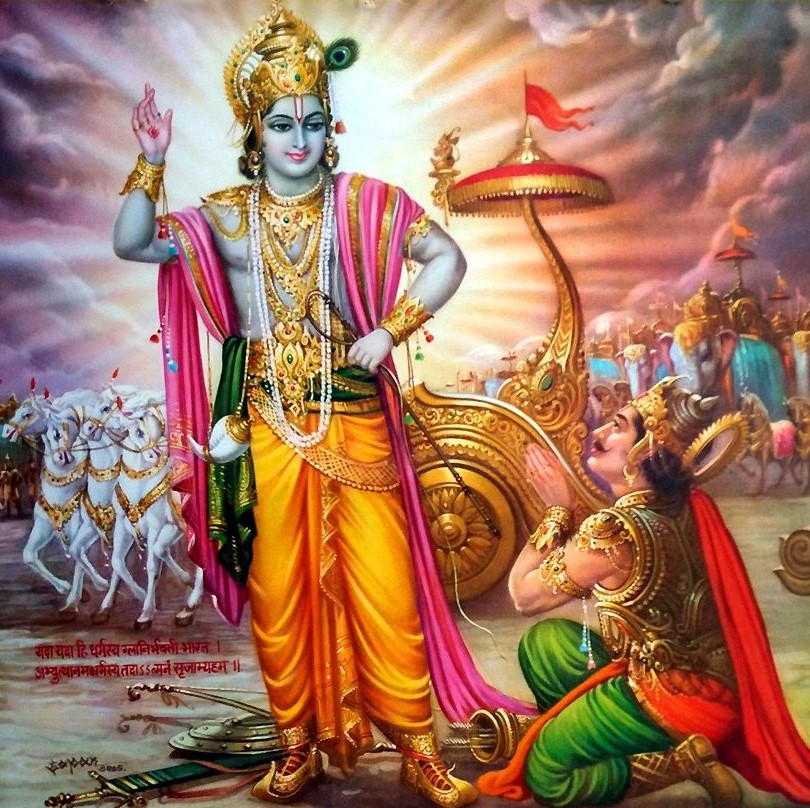
Answer:
Our disciplic succession is called the Brahma Madhva Gaudiya Sampradaya:
1.Krishna
2.Brahma
3.Narada
4.Vyasa
5.Madhva
6.Padmanabha
7.Narahari
8.Madhava
9.Aksobhya
10.Jaya Tirtha
11.Gyanasindhu
12.Dayanidhi
13.Vidyanidhi
14.Rajendra
15.Jayadharma
16.Purusottama
17.Brahmanya Tirtha
18.Vyasa Tirtha
19.Laksmipati
20.Madhavendra Puri
21.Isvara Puri (Nityananda and Advaita)
22.Lord Chaitanya
23.Rupa(Svarupa/Sanatana)
24.Raghunatha, Jiva
25.Krishnadasa
26.Narottama
27.Visvanatha
28.Baladeva
29.Jagannatha
30.Bhaktivinoda
31.Gaurakisora
32.Bhaktisiddhanta Sarasvati
33.A.C.Bhaktivedanta Swami Prabhupada
34.Jagad Guru Siddhaswarupananda
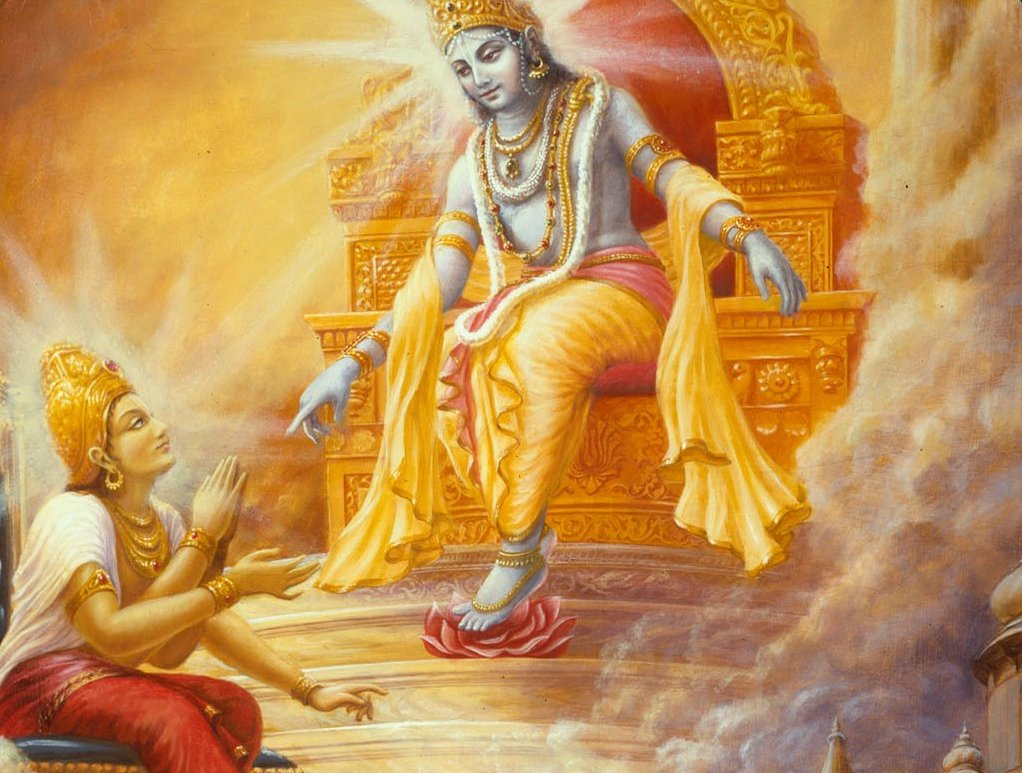
Krishna instructs Vivasvan
In this universe, in this period of creation of the present Lord Brahma, Krishna spoke the Bhagavad-gita to Vivasvan the sun-god, in ancient times. Thus, he started a disciplic succession to impart the knowledge of Bhagavad-gita which was specifically meant for kshatriyas, so that they could rule their various planets nicely. According to Srila Bhaktivedanta Swami’s purport to Bhagavad-gita 4:1, this occurred over 120 million years ago. This disciplic succession came to this planet via Manu and his son, Maharaj Iksvaku, a great kshatriya king in the Raghu dynasty, who lived about 2 million years ago. He appeared in the same line of saintly kings as Lord Rama appeared in. Lord Rama is therefore known as Raghunath – the Lord of the Raghu dynasty. This disciplic succession for the passing on of Bhagavad-gita knowledge was not our disciplic succession. It was a different parampara, and as it was broken, it no longer exists on our planet.

Brahma Madhva Gaudiya Math
There are innumerable great Vaisnavas in our disciplic line who are not mentioned on the disciplic tree. That does not mean they are not part of our parampara. For instance, Narada Muni is the son and disciple of Lord Brahma. He pops up in many stories in the Vedic scriptures, and initiated countless disciples, including some very notable devotees of the Lord such as Prahlad Maharaja, Dhruva Maharaja and Valmiki, the author of the Ramayana. But Srila Vyasadeva [Vedavyasa], is considered prominent, as he was the author of the Vedic scriptures. Up until 5,000 years ago, Vedic knowledge was passed down orally. Vyasadeva wrote down the Vedic scriptures, foreseeing the diminished mind capacity of the general population during the present age of Kali-yuga.
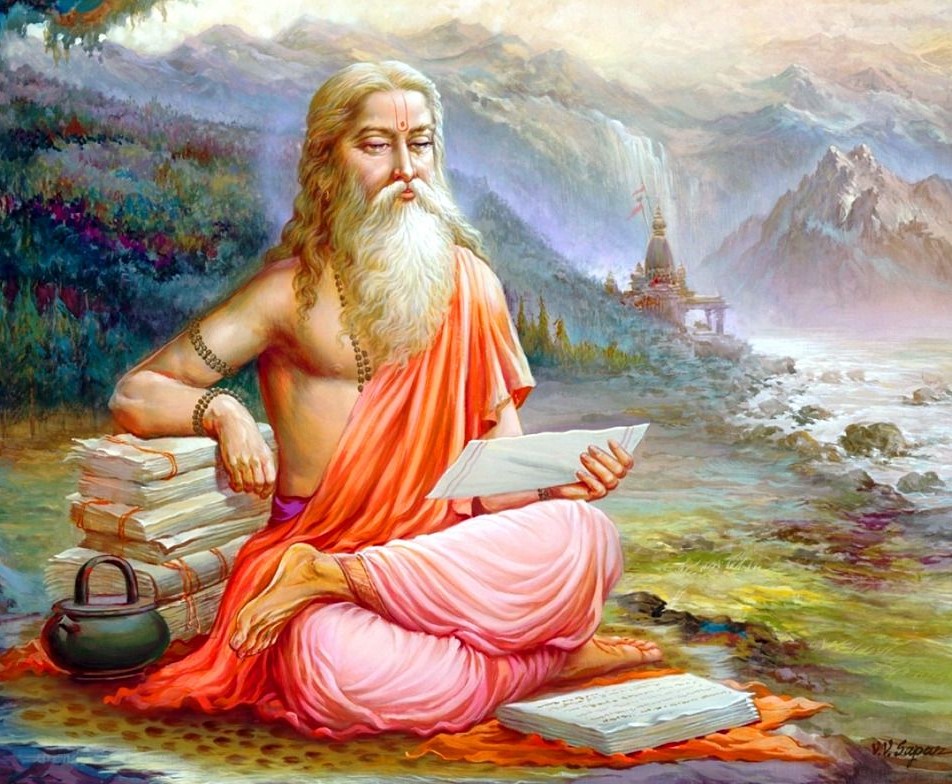
Arjuna was a contemporary of Vyasadeva. Arjuna learned directly from Krishna, who enlightened Lord Brahma. So, as the source of our disciplic line, Krishna is of course in our line. Arjuna also learnt from other great Vaisnavas, such as Grandfather Bhisma and his uncle Vidura – an incarnation of Lord Yamaraja. Bhisma and Yamaraja are both mahajanas, or great authorities in devotional service in our universe. But they are not mentioned in the disciplic succession listed at front of the Srila Bhaktivedanta Swami’s Bhagavad-gita.
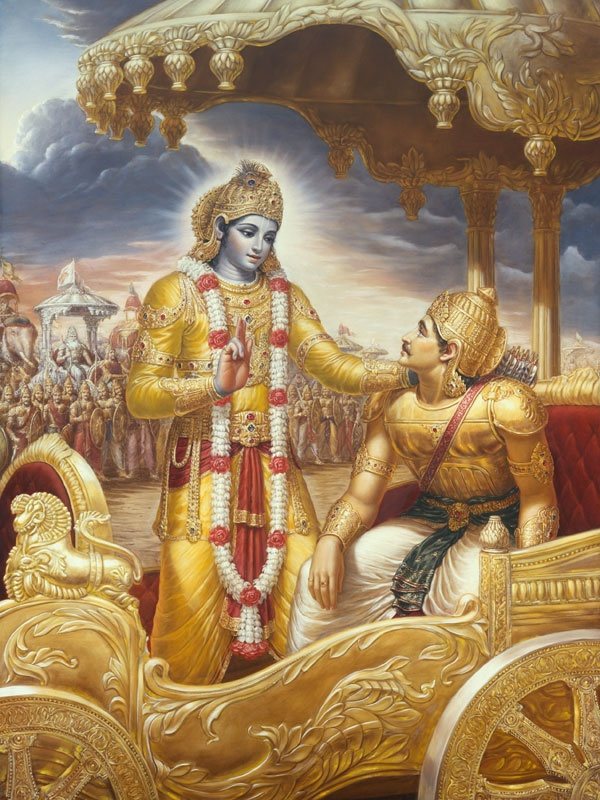
Other great spiritual personalities not listed include Queen Kunti, Arjuna’s mother, and Sukadeva Goswami, the son and disciple of Vyasadeva and another of the 12 mahajanas. The listed disciplic succession we have is just a skeleton of our disciplic line. There are many great devotees who are not mentioned there but are in our disciplic succession.
Similarly, at the time of Lord Chaitanya’s appearance, there were hundreds of thousands of great devotees appearing at the same time, who were qualified acharyas. Not all are mentioned in the disciplic tree. Some notable omissions include Gadadhara, who was an incarnation of Radharani, Sri Adwaita, an incarnation of Maha Vishnu, Srivasa, an incarnation of Narada Muni, etc. etc. Murari Gupta, the childhood friend of Lord Chaitanya and a source of biographical information about the Lord, was previously Hanuman, Lord Rama’s great devotee. He was also Madhva Acharya, the disciple of Vyasadeva mentioned in our disciplic line. And he was also Bhima, one of the Pandava brothers of Arjuna.
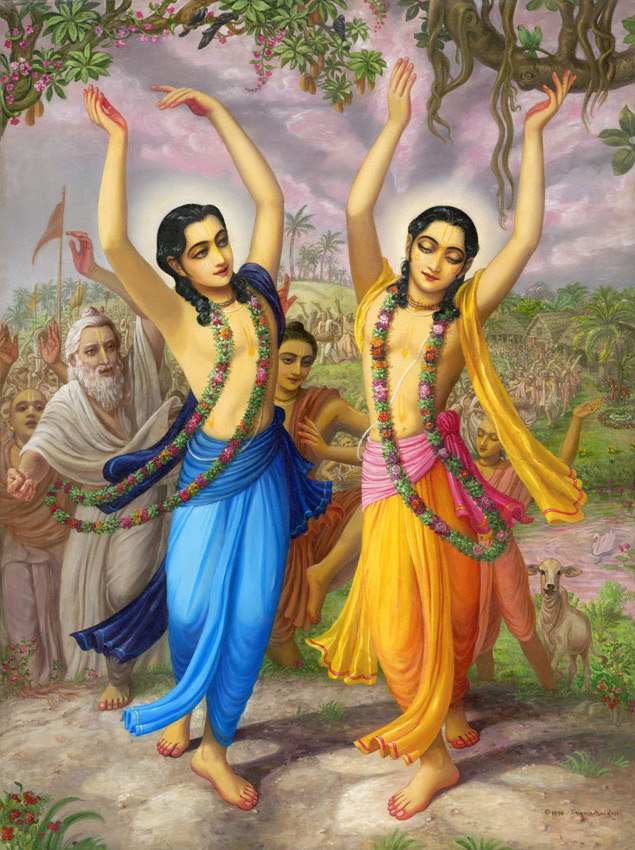
There are currently four Vaisnava sampradayas still in existence in our universe. Our line, of course descends directly from Lord Brahma. The Rudra sampradaya comes from Lord Shiva, who is a son of Lord Brahma. The Kumara sampradaya comes from Sanat-kumara, one of the four Kumaras, also sons of Lord Brahma. The Sri or Laksmi sampradaya is still active in parts of India, mainly in the South. They worship Lord Vishnu. Lord Chaitana in His travels influenced many of them to worship Krishna. But they are respected as a genuine Vaisnava lineage:
There are four sects of worshipful devotees of the Lord, and the chief amongst them are the Brahma-sampradaya, Rudra-sampradaya and Sri-sampradaya, descending directly from Lord Brahma, Lord Siva and the goddess of fortune, Laksmi, respectively. Besides the above-mentioned three sampradayas, there is the Kumara-sampradaya, descending from Sanat-kumara. All of the four original sampradayas are still scrupulously engaged in the transcendental service of the Lord up to date, and they all declare that Lord Krishna, Mukunda, is the Supreme Personality of Godhead, and no other personality is equal to Him or greater than Him.
[Srimad-Bhagavatam 1:18:21 Purport]
The history of Lord Krishna reciting the Bhagavad-gita to Vivasvan in ancient times is recorded in the Gita and the Mahabharata:
The Blessed Lord said: I instructed this imperishable science of yoga to the sun-god, Vivasvan, and Vivasvan instructed it to Manu, the father of mankind, and Manu in turn instructed it to Iksvaku.
[Bhagavad-gita 4:1]
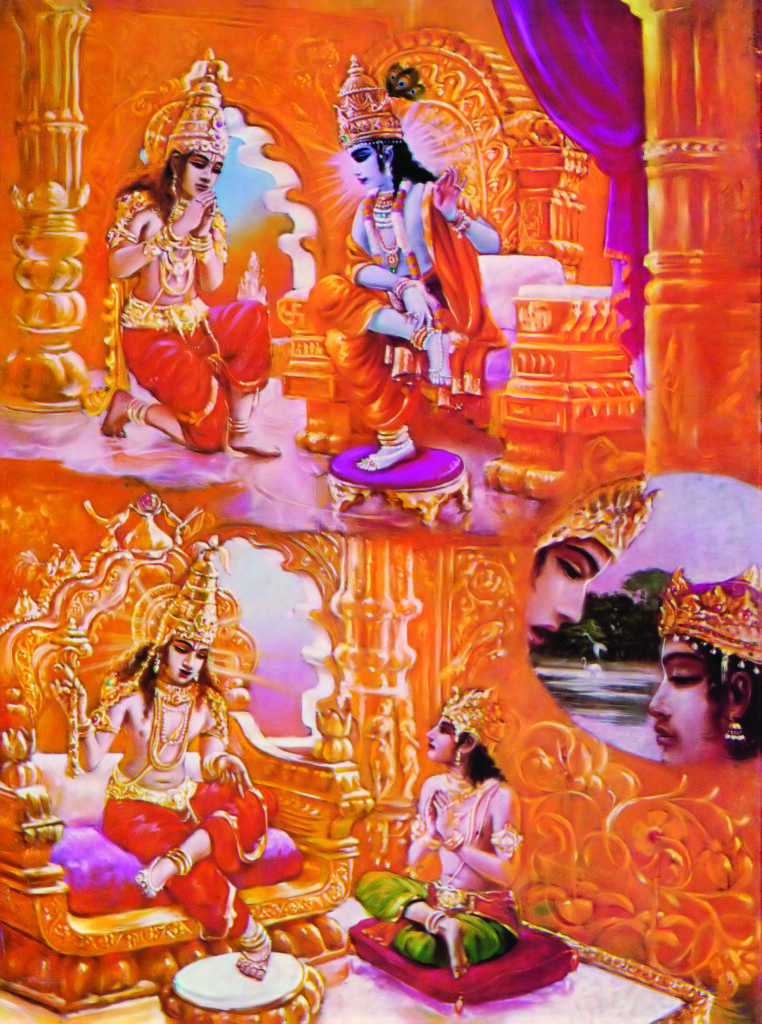
In his purport to this verse, Srila Bhaktivedanta Swami explains:
Herein we find the history of the Bhagavad-gita traced from a remote time when it was delivered to the royal order, the kings of all planets. This science is especially meant for the protection of the inhabitants and therefore the royal order should understand it in order to be able to rule the citizens and protect them from the material bondage to lust. Human life is meant for cultivation of spiritual knowledge, in eternal relationship with the Supreme Personality of Godhead, and the executive heads of all states and all planets are obliged to impart this lesson to the citizens by education, culture and devotion. In other words, the executive heads of all states are intended to spread the science of Krishna consciousness so that the people may take advantage of this great science and pursue a successful path, utilizing the opportunity of the human form of life.
In this millennium, the sun-god is known as Vivasvan, the king of the sun, which is the origin of all planets within the solar system. In the Brahma-samhita it is stated:
“Let me worship,” Lord Brahma said, “the Supreme Personality of Godhead, Govinda [Krishna], who is the original person and under whose order the sun, which is the king of all planets, is assuming immense power and heat. The sun represents the eye of the Lord and traverses its orbit in obedience to His order.”

The sun is the king of the planets, and the sun-god (at present of the name Vivasvan) rules the sun planet, which is controlling all other planets by supplying heat and light. He is rotating under the order of Krishna, and Lord Krishna originally made Vivasvan His first disciple to understand the science of Bhagavad-gita. The Gita is not, therefore, a speculative treatise for the insignificant mundane scholar but is a standard book of knowledge coming down from time immemorial. In the Mahabharata (Santi-parva 348.51-52) we can trace out the history of the Gita as follows:
“In the beginning of the Treta-yuga [millennium] this science of the relationship with the Supreme was delivered by Vivasvan to Manu. Manu, being the father of mankind, gave it to his son Maharaja Iksvaku, the King of this earth planet and forefather of the Raghu dynasty in which Lord Ramacandra appeared. Therefore, Bhagavad-gita existed in the human society from the time of Maharaja Iksvaku.”
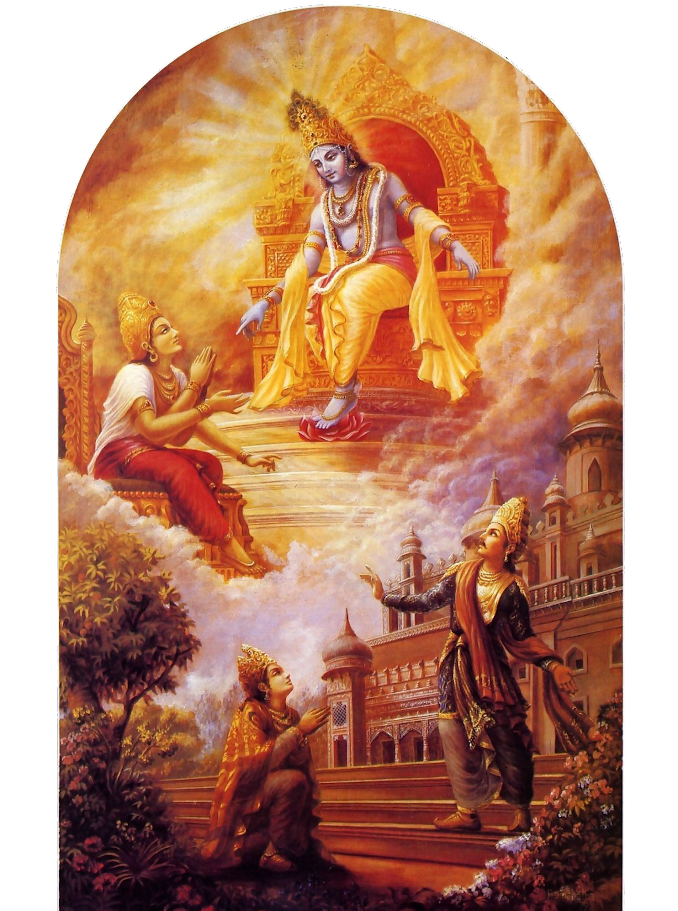
Krishna instructs Vivasvan and Vivasvan instructs Maharaja Iksvaku
… Accepting that before the birth of Manu, the Gita was spoken by the Lord to His disciple, the sun-god Vivasvan, a rough estimate is that the Gita was spoken at least 120,400,000 years ago; and in human society it has been extant for two million years.
It was respoken by the Lord again to Arjuna about five thousand years ago. That is the rough estimate of the history of the Gita, according to the Gita itself and according to the version of the speaker, Lord Sri Krishna. …Because Bhagavad-gita is as good as the Vedas, being spoken by the Supreme Personality of Godhead, this knowledge is apauruseya, superhuman. Since the Vedic instructions are accepted as they are, without human interpretation, the Gita must therefore be accepted without mundane interpretation. … Therefore, Bhagavad-gita has to be accepted as it is, from the disciplic succession, and it is described herein that the Lord spoke to the sun-god, the sun-god spoke to his son Manu, and Manu spoke to his son Iksvaku.
This supreme science was thus received through the chain of disciplic succession, and the saintly kings understood it in that way. But in course of time the succession was broken, and therefore the science as it is appears to be lost.
[Bhagavad-gita 4:2]
Srila Bhaktivedanta Swami speaks about our disciplic line in a purport to Srimad Bhagavatam:
Lord Brahma is the guru of Narada Muni, who is the guru of Vyasadeva, and Vyasadeva is the guru of Madhvacarya. Thus the Gaudiya-Madhva-sampradaya is in the disciplic succession from Narada Muni. The members of this disciplic succession – in other words, the members of the Krishna consciousness movement – should follow in the footsteps of Narada Muni by chanting the transcendental vibration Hare Krishna, Hare Krishna, Krishna Krishna, Hare Hare. Hare Rama, Hare Rama, Rama Rama, Hare Hare. They should go everywhere to deliver the fallen souls by vibrating the Hare Krishna mantra and the instructions of Bhagavad-gita, Srimad-Bhagavatam and Caitanya-caritamrta.
[Purport to Srimad-Bhagavatam 6:5:22]
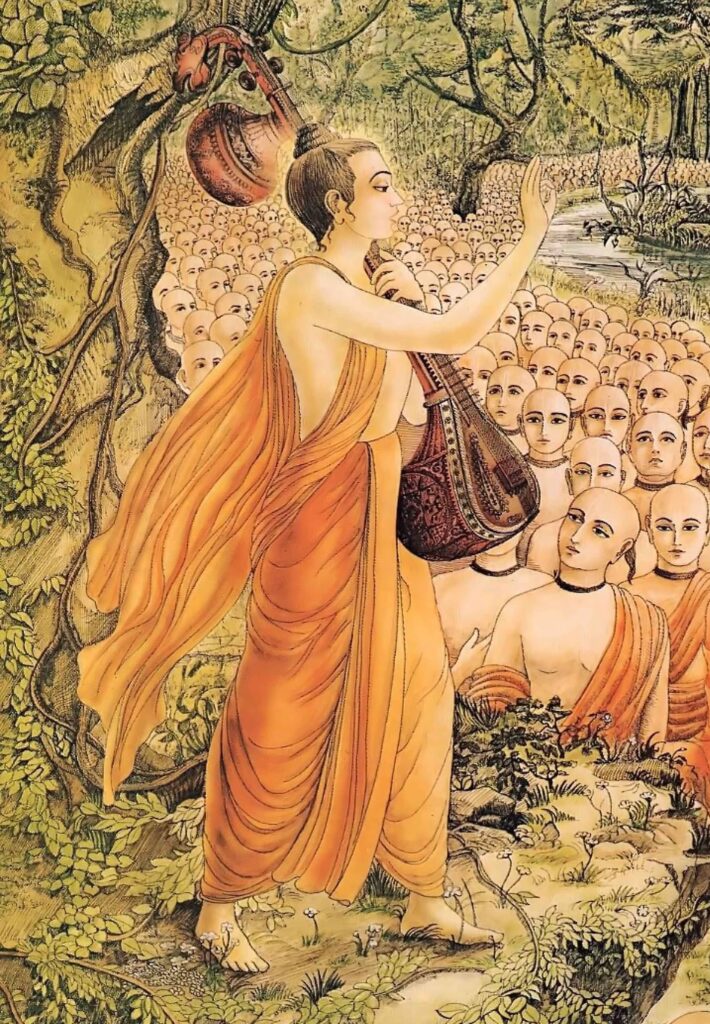
The original spiritual master in our line, who was enlightened directly by Lord Krishna, was Lord Brahma, the first created being within the universe:
O my Lord, Sri Krishna, son of Vasudeva, O all-pervading Personality of Godhead, I offer my respectful obeisances unto You. I meditate upon Lord Sri Krishna because He is the Absolute Truth and the primeval cause of all causes of the creation, sustenance and destruction of the manifested universes. He is directly and indirectly conscious of all manifestations, and He is independent because there is no other cause beyond Him. It is He only who first imparted the Vedic knowledge unto the heart of Brahmaji, the original living being. By Him even the great sages and demigods are placed into illusion, as one is bewildered by the illusory representations of water seen in fire, or land seen on water. Only because of Him do the material universes, temporarily manifested by the reactions of the three modes of nature, appear factual, although they are unreal. I therefore meditate upon Him, Lord Sri Krishna, who is eternally existent in the transcendental abode, which is forever free from the illusory representations of the material world. I meditate upon Him, for He is the Absolute Truth.
[Srimad Bhagavatam 1:1:1]
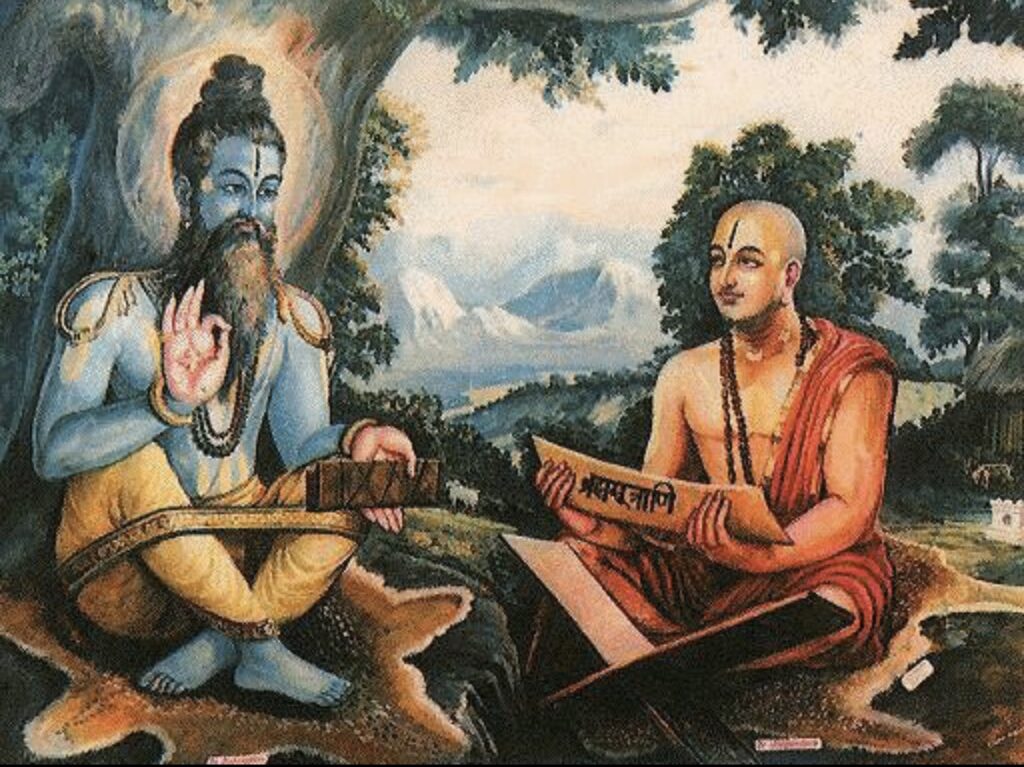
Vyasadeva and Madhva Acharya
Vedic knowledge was passed down through disciplic succession from Brahma to Narada to Vyasadeva and from Vyasadeva to Madhava Acharya. Srila Bhaktivedanta Swami then explains how the disciplic line passed down to Isvara Puri, the godbrother of Lord Nityananda and Sri Adwaita, and then included Lord Chaitanya:
… In the later age, the Brahma Sampradaya was handed down though Madhva Acarya [and] in this Madhva Acarya disciplic succession came Isvara Puri. This Isvara Puri was accepted as Spiritual Master of Lord Chaitanya. Therefore, we being in disciplic succession of Chaitanya Mahaprabhu, we are known as the Madhva Sampradaya. And because Lord Chaitanya appeared in Bengal, which country is called Gaudadesa, our Sampradaya party is known as Madhva Gaudiya Sampradaya. …
[Srila Bhaktivedanta Swami: Letter to Upendra, February 13, 1968]
In order to learn the transcendental science, one must approach the spiritual master in disciplic succession, fixed in the Absolute Truth.
[Katha Upanishad]
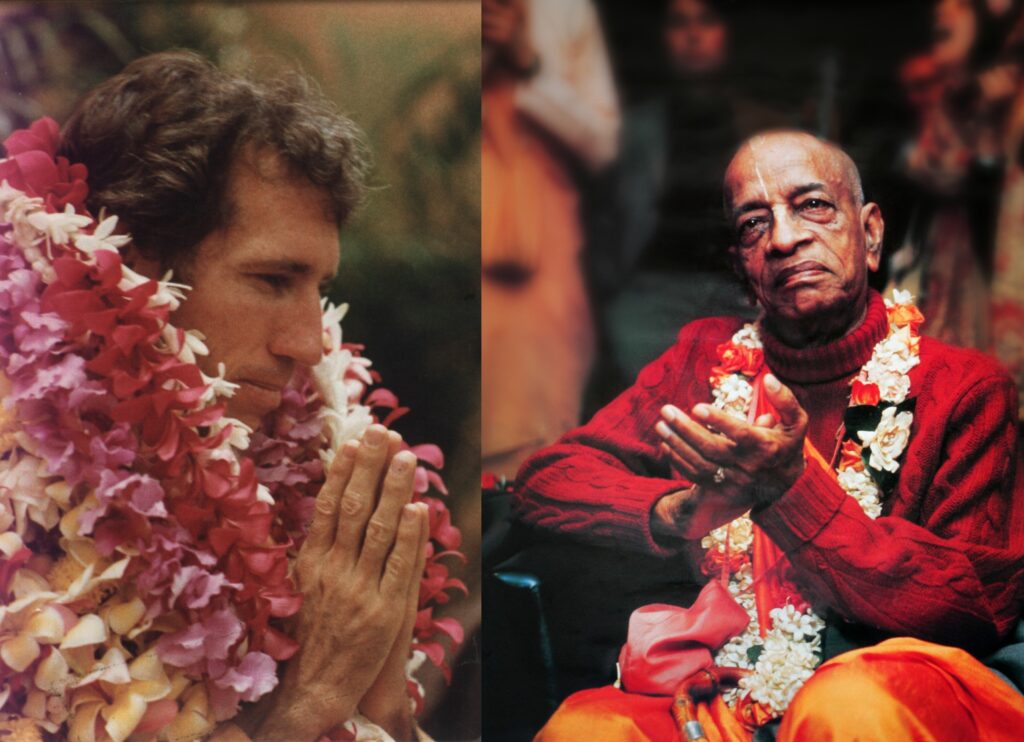

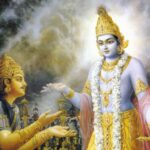
Leave A Reply